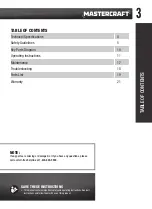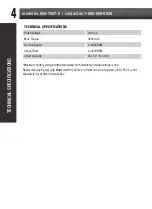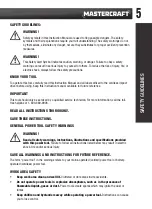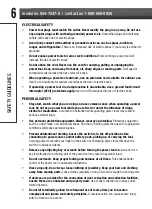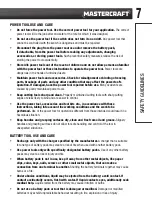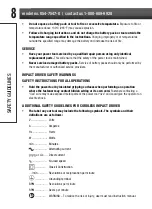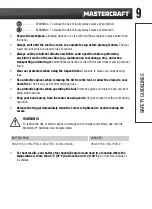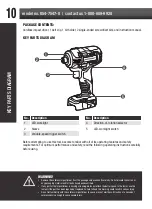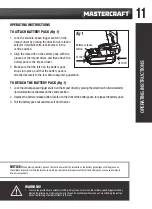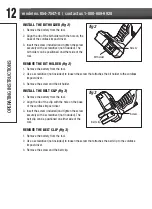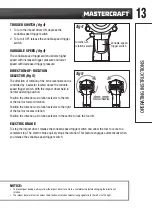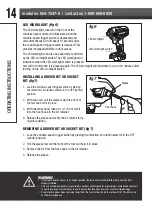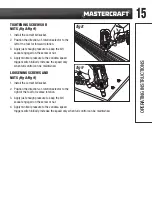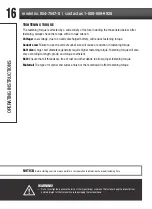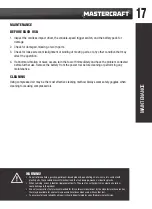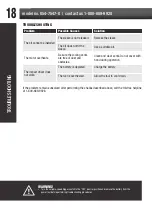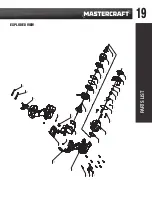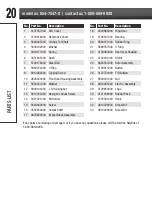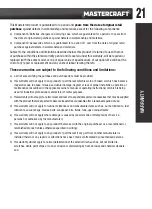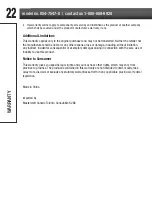
headline bars
continuation tabs
notes
warnings
headline bars
continuation tabs
notes
warnings
headline bars
continuation tabs
notes
warnings
headline bars
continuation tabs
notes
warnings
headline bars
continuation tabs
notes
warnings
headline bars
continuation tabs
notes
warnings
16
model no. 054-7547-0 | contact us 1-800-689-9928
OPERA
TING INSTRUCTIONS
TIGHTENING TORQUE
The fastening torque is affected by a wide variety of factors, including the those listed below. After
fastening, always check the torque with a torque wrench.
Voltage:
Low voltage, due to a nearly discharged battery, will reduce fastening torque.
Socket size:
Failure to use the correct socket size will cause a reduction in fastening torque.
Bolt size:
Larger bolt diameters generally require higher fastening torque. Fastening torque will also
vary according to length, grade, and torque coefficient.
Bolt:
Ensure that all threads are free of rust and other debris to allow proper fastening torque.
Material:
The type of material and surface finish of the material will affect fastening torque.
NOTICE:
Before starting your job, always perform a test operation to determine the proper fastening time.
WARNING!
• Do not over-tighten, because the force of the impact driver can break the fastener. Keep the impact driver
pointed straight at the fastener to avoid damaging the fastener head.
FPO


